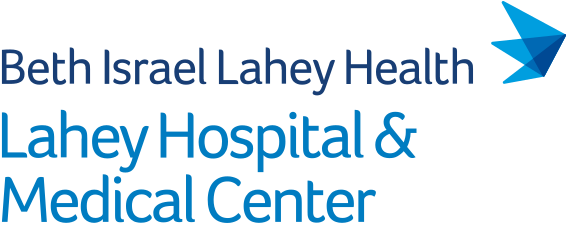Abstract
OBJECTIVES: Our primary objective was to estimate the realistic impact of an artificial intelligence (AI)-based trans-thoracic echocardiogram (TTE)-first strategy on the annual national cost savings among eligible adult emergency department (ED) patients presenting with syncope in the United States. Our secondary outcomes were the estimated reduction in avoidable ED bed hours and comprehensive TTE studies.
METHODS: Using publicly available estimates for inputs such as the size of the adult ED syncope population, typical disposition and risk stratification proportions, and frequency of comprehensive TTE studies, we created a model and ran 1000 trials of a Monte Carlo simulation. Using this simulation, we modeled the national annual cost savings and potential bed hours averted through the impact of avoiding comprehensive TTE studies. We report the descriptive statistics modeling the distribution of all endpoints.
RESULTS: An AI-assisted TTE-first strategy was estimated to save a mean (±SD) of $815 million (±$260 million) by avoiding 468,000 (±141,000) comprehensive TTE studies resulting in 12,500,000 (±4,600,000) bed hours saved.
CONCLUSION: If adopted widely, an AI-based TTE-first strategy applied to eligible ED patients presenting with syncope could yield substantial benefits by averting avoidable comprehensive TTE studies and saving bed hours.
